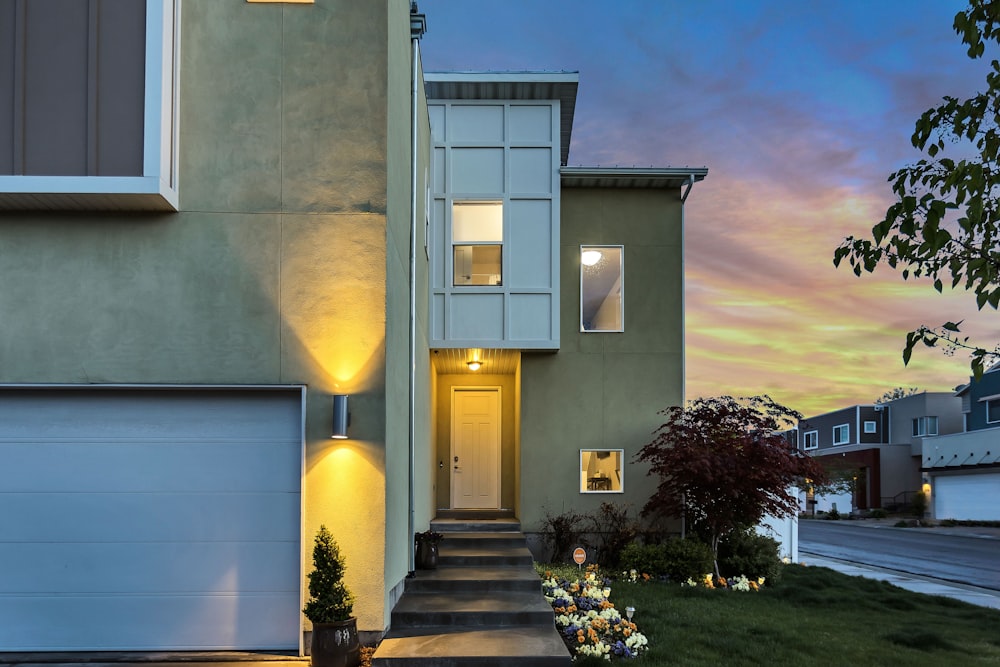Budgeting for Home Additions: Understanding Costs
Assessing the Scope: Determining Your Needs
Before diving into the financial side of things, it’s crucial to assess the scope of your home addition project. Are you looking to add an extra bedroom, expand your kitchen, or build a new living space? Understanding your needs and goals will help you make informed decisions and budget accordingly. Take the time to prioritize your wants versus needs to ensure your project stays within budget.
Researching Costs: Gathering Information
Once you have a clear idea of what you want to achieve with your home addition, it’s time to start researching costs. This involves gathering information on materials, labor, permits, and any other expenses associated with your project. Reach out to contractors, architects, and other professionals to get quotes and estimates, and don’t forget to factor in unexpected costs that may arise during the construction process.
Understanding Cost Factors: What Influences Pricing
Several factors can influence the cost of a home addition, including the size and complexity of the project, the quality of materials used, and the location of your home. Larger additions or those with custom features will naturally cost more than smaller, more straightforward projects. Additionally, labor and material costs can vary depending on where you live, so it’s essential to take local market conditions into account when budgeting for your project.
Setting a Realistic Budget: Establishing Financial Parameters
Once you have a good understanding of the costs involved, it’s time to set a realistic budget for your home addition project. Take into account your current financial situation, including savings, loans, and other sources of funding, and determine how much you can comfortably afford to spend. Be sure to leave some wiggle room for unexpected expenses and consider padding your budget by at least 10-15% to account for any surprises that may arise during construction.
Exploring Financing Options: Funding Your Project
If you don’t have enough cash on hand to cover the cost of your home addition, don’t worry – there are plenty of financing options available. From home equity loans and lines of credit to personal loans and construction loans, there are several ways to fund your project. Explore different options and choose the one that best fits your needs and financial situation, keeping in mind interest rates, repayment terms, and any associated fees.
Getting Multiple Quotes: Comparing Costs
When it comes to hiring contractors and other professionals for your home addition project, it’s essential to shop around and get multiple quotes. Don’t just go with the first contractor you find – take the time to interview several candidates and compare their pricing, experience, and qualifications. Be wary of unusually low quotes, as they may be a sign of subpar workmanship or hidden costs down the line.
Budgeting for Contingencies: Expecting the Unexpected
No matter how well you plan, home addition projects have a way of throwing unexpected curveballs your way. From unforeseen structural issues to delays in materials delivery, there are plenty of things that can go wrong during the construction process. That’s why it’s essential to budget for contingencies and be prepared for the unexpected. By setting aside some extra money for unforeseen expenses, you can avoid blowing your budget and keep your project on track.
Staying Flexible: Adapting to Changing Circumstances
Finally, it’s essential to stay flexible and adaptable throughout the home addition process. Construction projects are notorious for running over budget and behind schedule, so be prepared to make adjustments as needed. Consider prioritizing your must-have features and being willing to compromise on less critical aspects of your project if necessary. By staying flexible and open-minded, you can navigate the challenges of home addition projects more effectively and ensure a successful outcome.
Conclusion
Budgeting for a home addition can be a daunting task, but with careful planning and consideration, it’s entirely achievable. By assessing your needs, researching costs, setting a realistic budget, exploring financing options, getting multiple quotes, budgeting for contingencies, and staying flexible, you can ensure that your home addition project stays on track and within budget. With the right approach, you can transform your home and create the space of your dreams without breaking the bank. Read more about addition to house cost

